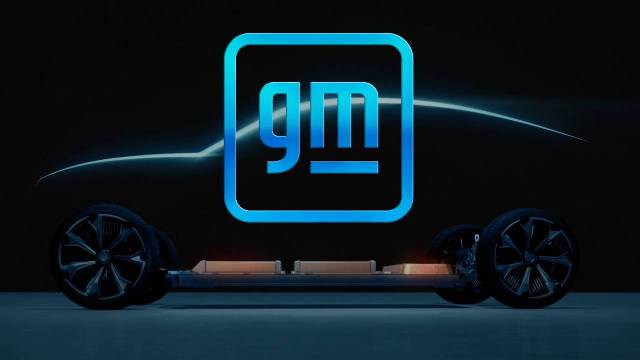General Motors (GM) is testing a variety of battery chemistries, technologies and manufacturing processes aimed at slashing the cost of future electric vehicle batteries and reducing its dependence on such price-sensitive metals as cobalt, Reuters reported.
GM is experimenting with silicon-rich and lithium metal anodes, solid state and high voltage electrolytes, and dry processing of electrodes for its next generation of Ultium batteries, due around 2025, GM president Mark Reuss said on Wednesday.
The competition to fine-tune proprietary technology to cut electric vehicle battery costs is replacing horsepower wars as the battleground for deciding the industry’s winners and losers.
GM has said it aims to reduce battery cell cost to well under $100 per kilowatt-hour by 2025, compared with more than $150/kW today. GM executives also have said the company expects its future EV batteries to last for a million miles or more, with driving ranges of 500-600 miles (805 to 965 km) between charges.
The automaker’s $2.3-billion joint venture with Korea’s LG Energy Solution is due to start producing Ultium battery cells in Lordstown, Ohio, in 2022.
That battery, which will be used in new GM electric vehicles such as the Hummer EV and Cadillac Lyriq, uses graphite-based anodes, nickel-cobalt-manganese-aluminum (NCMA) cathodes and liquid electrolyte.
GM and LG are expected shortly to announce a second EV battery plant in Tennessee, to further support GM’s production target of 1 million electric vehicles a year by 2025.
Citing GM’s investment in and technology partnership with Massachusetts-based battery startup SES, Reuss said GM is “open to different partnerships and different technologies” in its ongoing efforts to reduce battery cost and improve energy density to extend electric vehicle range.
He said “the supply chain is going to explode” with demand for cobalt, nickel and other metals as GM and competitors ramp up EV production over the next five years.

